Last updated 9 months ago | Originally Published: January 4, 2024
Peanut allergies aren’t just a minor inconvenience; they’re a significant health concern that demands our immediate attention. As an expert in the field, I personally can’t stress enough the gravity of this issue.
Indeed, studies show that peanut allergies are among the most common food allergies, affecting a substantial portion of the population, particularly children.
In the United States alone, recent data indicates that nearly 3% of U.S. children may have a peanut allergy. This prevalence isn’t just a statistic; it represents countless individuals facing daily challenges and risks.
Truthfully, the severity of peanut allergies can’t be overstated. For some, even minimal exposure to peanuts can trigger symptoms ranging from mild discomfort to life-threatening reactions like anaphylaxis.
That said, it’s crucial to understand that peanut allergies aren’t just about dietary restrictions; they’re a matter of safety and can have far-reaching implications on an individual’s quality of life.
Awareness and education are our most powerful tools in managing this condition. Understanding the symptoms, causes, and effective management strategies can make a significant difference in the lives of those affected.
As we navigate this topic, remember that knowledge is the first step toward safety and empowerment for individuals with peanut allergies and their families.
In the upcoming sections, we’ll dive deeper into the specifics of peanut allergies, offering insights and guidance to enhance your understanding and ability to manage this critical health issue effectively.
Key Takeaways
- Understanding the nature of peanut allergies is crucial for effective management.
- Recognizing symptoms from mild to severe, including anaphylaxis, is vital for timely intervention.
- Avoiding peanuts and products containing them is a key management strategy.
- Oral Immunotherapy (OIT) offers a way to reduce the severity of allergic reactions in children.
- Early introduction of peanut-containing foods can potentially reduce the risk of developing peanut allergies.
- Continuous learning and staying updated with the latest research are essential.
Understanding Peanut Allergies
Peanut allergies represent a critical and complex health issue that requires our urgent attention. As an authority on the subject, I aim to provide an insightful exploration into the nature of these allergies, their causes, and the risk factors associated with them.
What are Peanut Allergies?
Peanut allergies occur when the immune system erroneously identifies peanut proteins as harmful substances, leading to a range of symptoms that can range from mild to severe.
This overreaction of the immune system isn’t just limited to the ingestion of peanuts; it can also be triggered by skin contact or even inhalation of peanut particles.
Causes of Peanut Allergies
The precise mechanism that triggers peanut allergies is complex and involves several factors. However, the main cause is the immune system’s response to peanut proteins. For people with peanut allergies, the body’s defense system launches an aggressive response to these proteins, leading to allergic symptoms.
Triggers of Allergic Reactions
- Direct Contact: The most prevalent cause of an allergic reaction is the direct consumption of peanuts or foods containing peanuts. However, even direct skin contact with peanuts can initiate an allergic response.
- Cross-contact: This situation arises when peanuts are unintentionally introduced into products, typically through exposure in the manufacturing process or handling. Cross-contact is especially dangerous because it can occur in foods that do not list peanuts as an ingredient.
- Inhalation: Inhaling dust or aerosols containing peanuts, such as peanut flour or cooking sprays, can also trigger an allergic reaction.
Risk Factors
Understanding the risk factors is essential in both the prevention and management of peanut allergies. Key risk factors include:
- Age: Peanut allergies are most commonly seen in children, particularly toddlers and infants. As the digestive system matures, the likelihood of allergic reactions can decrease.
- Family History: A family history of allergies, especially other types of food allergies, increases the risk of developing a peanut allergy.
- Other Allergies: Individuals already allergic to one type of food are at a heightened risk of developing additional food allergies, including peanut allergies.
- Atopic Dermatitis (Eczema): There’s a noted correlation between those who have atopic dermatitis and the likelihood of having a food allergy, such as a peanut allergy.
By understanding these elements, we can better appreciate the complexity of peanut allergies and the importance of vigilance in managing this condition. In the following sections, we’ll explore the symptoms of peanut allergies and the best practices for managing this challenging condition.

Recognizing Symptoms of Peanut Allergies
In this crucial section, we delve into the symptoms associated with peanut allergies. Recognizing these symptoms is vital for timely and effective response, especially considering the potential severity of allergic reactions.
Common Symptoms of Peanut Allergies
Peanut allergies can manifest through various symptoms, which can range from mild to severe. It’s imperative to identify these symptoms promptly to ensure swift action:
| Category | Symptoms | Details |
|---|---|---|
| Oral Symptoms | Itching or tingling around the mouth and throat | Often one of the initial signs, occurring shortly after exposure to peanut proteins. |
| Digestive Symptoms | Stomach cramps, nausea, vomiting, diarrhea | Indicative of the body’s adverse reaction to peanuts, causing significant discomfort. |
| Respiratory Symptoms | Shortness of breath, wheezing | Reflects the impact of the allergic reaction on the respiratory system. |
| Nasal Symptoms | Runny nose, nasal congestion | Common allergic responses to peanuts, affecting the nasal passages. |
Anaphylaxis – A Life-Threatening Reaction to Peanut Allergies
Anaphylaxis is the most severe form of allergic reaction to peanuts and represents a critical medical emergency. Understanding the symptoms and appropriate response to anaphylaxis is vital for anyone dealing with peanut allergies:
| Aspect | Details |
|---|---|
| Understanding Anaphylaxis | Anaphylaxis is a rapid, severe allergic reaction that can be life-threatening and demands immediate medical attention. |
| Symptoms of Anaphylaxis | Includes constriction of airways, swelling of the throat making it difficult to breathe, severe drop in blood pressure (shock), rapid pulse, dizziness, and loss of consciousness. |
| Emergency Response | Requires prompt treatment with an epinephrine (adrenaline) autoinjector (e.g., EpiPen, Auvi-Q) and immediate transportation to the emergency room. |
These charts provide a structured overview of the symptoms associated with peanut allergies, including the critical condition of anaphylaxis. Understanding these symptoms is crucial for effective recognition and response to allergic reactions.
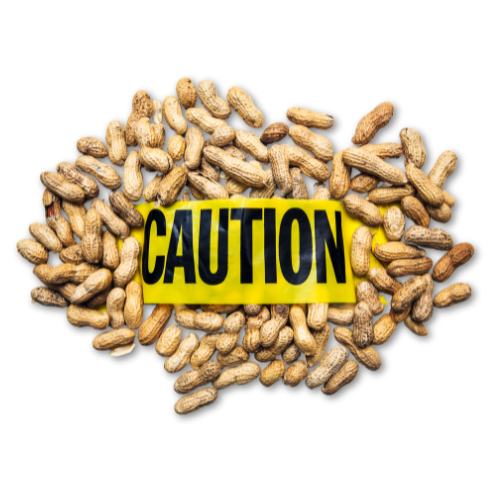
Managing Peanut Allergies
Effective management of peanut allergies is crucial in minimizing risks and ensuring safety. This involves a combination of vigilance and proactive strategies to navigate everyday challenges.
The cornerstone of managing peanut allergies is the strict avoidance of peanuts and any products containing them. This necessitates a thorough examination of food labels to identify the presence of peanuts or traces thereof.
Individuals must remain alert to the possibility of cross-contamination, which can occur in products that do not explicitly list peanuts as an ingredient but are manufactured in facilities that process peanuts.
For children with peanut allergies, implementing practical coping strategies in daily life is essential. This includes educating and involving caregivers in the allergy management process.
Caregivers, including teachers, relatives, and babysitters, should be well-informed about the severity of the allergy, how to recognize symptoms, and the necessary steps to take in case of an allergic reaction.
Developing a detailed written plan is also beneficial. This plan should outline the actions to take during an allergic reaction, including the administration of medications and emergency contact information.
It’s also important to discourage children from sharing food, as this can unknowingly expose them to allergens.
Ensuring the availability of epinephrine autoinjectors for immediate use during an allergic reaction is another critical aspect. These injectors should be easily accessible at all times.
Additionally, wearing medical alert bracelets can be a lifesaving measure, providing vital information to responders in an emergency situation.
Overall, managing peanut allergies requires a comprehensive approach that combines avoidance, education, and preparedness.
By adopting these strategies, individuals with peanut allergies and their families can navigate daily life with greater confidence and security.

Oral Immunotherapy (OIT) for Peanut Allergies
In recent years, Oral Immunotherapy (OIT) has emerged as a significant advancement in the treatment of peanut allergies, especially for children.
This method, designed for children aged 4-17, offers a novel approach to reducing the severity of allergic reactions.
OIT involves the administration of controlled and gradually increasing amounts of peanut protein to patients. The objective is to desensitize the immune system to peanut allergens, thereby reducing the severity of allergic reactions upon accidental exposure.
It’s important to understand that OIT isn’t a cure for peanut allergies but a treatment to manage the condition more effectively.
One of the notable FDA-approved treatments in this category is Palforzia. Palforzia utilizes a carefully measured dose of peanut powder, which is gradually increased over time under medical supervision.
The treatment begins with tiny amounts of the allergen, progressively increasing to higher doses, helping the patient’s immune system become more tolerant to peanuts.
However, it is crucial to emphasize that children undergoing OIT must continue to avoid peanuts in their diet. The treatment is designed to reduce the risk of severe reactions in case of accidental exposure, not to enable regular peanut consumption.
Furthermore, carrying epinephrine auto-injectors remains a critical safety measure for these individuals. These auto-injectors should be readily accessible at all times as a precautionary measure against potential severe allergic reactions.
OIT represents a significant step forward in allergy management, offering hope and improved quality of life for children with peanut allergies and their families.
Yet, it requires careful consideration and medical supervision ensuring that it aligns with the individual’s health needs and circumstances.
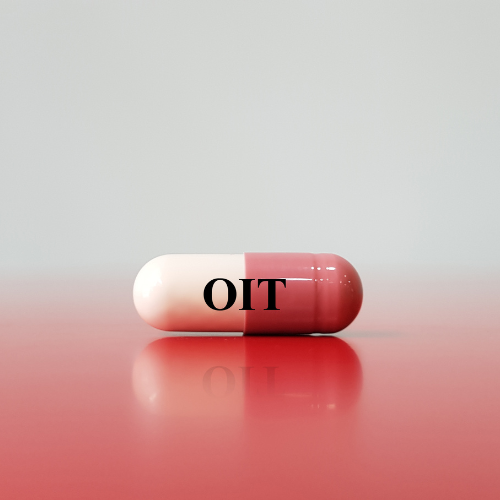
Peanut Allergy Prevention and Early Introduction
Recent advancements in allergy research have led to a significant shift in guidelines regarding the introduction of peanut-containing foods to infants. This shift stems from the understanding that early introduction, particularly for those at high risk, may help in reducing the likelihood of developing peanut allergies.
Early Introduction of Peanut-Containing Foods: Guidelines Overview
The National Institute for Allergy and Infectious Disease (NIAID) guidelines suggest that introducing peanut-containing foods to infants as early as 4-6 months, particularly for those with severe eczema and/or egg allergy, can significantly decrease the risk of developing a peanut allergy.
For infants at high risk, the guidelines recommend allergy testing and then, depending on the results, introducing peanut-containing foods under medical supervision.
Moderate-risk infants with mild to moderate eczema can have peanut-containing foods introduced at around six months of age, typically at home without prior allergy testing.
For low-risk infants, there are no strict guidelines, and peanut-containing foods can be introduced as per family preferences.
This approach marks a paradigm shift in allergy prevention, underscoring the importance of early dietary exposure in the development of the immune system’s response to potential allergens.
However, it’s essential for parents and caregivers to consult with healthcare professionals to determine the best course of action for their child, especially for those in the high-risk category.
All in all, the early introduction of peanut-containing foods represents a proactive strategy in allergy prevention. Parents and caregivers are encouraged to discuss these guidelines with healthcare professionals to tailor a plan that best suits the individual needs of their child.
| Risk Category | Age of Introduction | Details |
|---|---|---|
| High Risk (Infants with severe eczema and/or egg allergy) | As early as 4-6 months | Early introduction is recommended after allergy testing and under a doctor’s guidance. |
| Moderate Risk (Infants with mild to moderate eczema) | Around 6 months | Introduction of peanut-containing foods can be done at home without prior allergy testing. |
| Low Risk (No eczema or egg allergy) | When age-appropriate, in accordance with family preferences and cultural practices | No specific requirements for early introduction; parents can introduce peanut-containing foods as they see fit. |
Seeking Medical Advice for Suspected Peanut Allergies
If you suspect that you or your child has a peanut allergy, it is essential to seek medical advice.
Peanut allergies are common and can be serious, potentially leading to life-threatening reactions like anaphylaxis. About 1 in 50 children in the U.S. have a peanut allergy, and while some may outgrow it, others may have it for life.
When to Consult a Doctor
- Symptoms After Eating Peanuts: If you or your child experiences symptoms like diarrhea, difficulty breathing, hives or skin rash, nausea, vomiting, stomach cramps, swelling of the tongue or lips, or any other concerning symptoms within two hours of eating peanuts, it’s crucial to consult a healthcare provider.
- Emergency Situations: If there are severe symptoms such as difficulty breathing, swelling in the tongue or throat, or loss of consciousness, seek immediate medical attention, as these could be signs of anaphylaxis or a severe allergic reaction.
Diagnosis and Tests
- Allergy Testing: Your healthcare provider may conduct tests such as blood tests or skin prick tests to diagnose a peanut allergy. Keeping a record of allergic reactions, including what and how much was eaten and the timing and duration of symptoms, can be helpful in making an accurate diagnosis.
- Oral Food Challenge: In some cases, an oral food challenge, where small amounts of peanut-based products are consumed under medical supervision, may be performed to diagnose or rule out a peanut allergy.
Management and Treatment
- Avoiding Peanuts: It’s important to avoid peanuts and products that might contain peanuts or have been contaminated with peanuts. This includes being vigilant about reading food labels and being cautious in situations like dining out or eating at social gatherings.
- Emergency Medication: If diagnosed with a peanut allergy, carrying epinephrine autoinjectors for emergency use is critical. Understanding when and how to use these injectors is essential, and close contacts should also be aware of how to administer them.
- Medical Alert Bracelets: Wearing medical alert bracelets or necklaces can be crucial in emergency situations, especially if the individual is unable to communicate during a severe reaction.
Seeking professional medical advice and clearly understanding the management and treatment options can significantly improve the quality of life for those with peanut allergies and provide peace of mind.
Always discuss any concerns or questions with your healthcare provider to ensure the best care and approach for your specific situation.
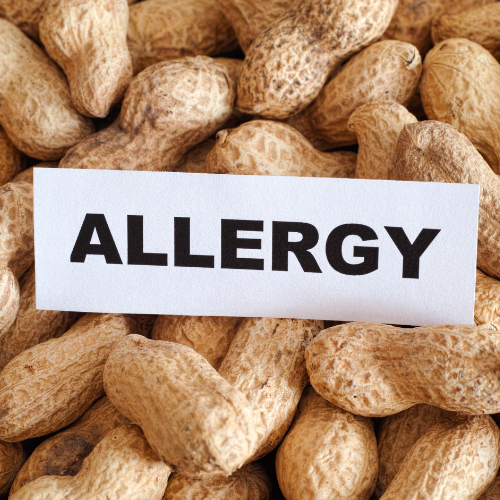
Final Thoughts on Peanut Allergy Management
As we conclude our discussion on peanut allergies, the key takeaway is the importance of awareness and proactive management.
Understanding the nature of these allergies, recognizing the varied symptoms, and adopting effective strategies for avoidance and emergency preparedness are crucial.
Oral Immunotherapy has emerged as a promising treatment, especially for children, offering a way to lessen the severity of allergic reactions.
Moreover, recent guidelines on the early introduction of peanut-containing foods in infant diets have opened new avenues for allergy prevention.
Staying updated with current research and maintaining open communication with healthcare professionals will continue to be vital in effectively managing peanut allergies.
With vigilance and informed action, managing peanut allergies becomes a more navigable path. If you have any questions about this topic, please feel free to reach out to us here at Candy Retailer.

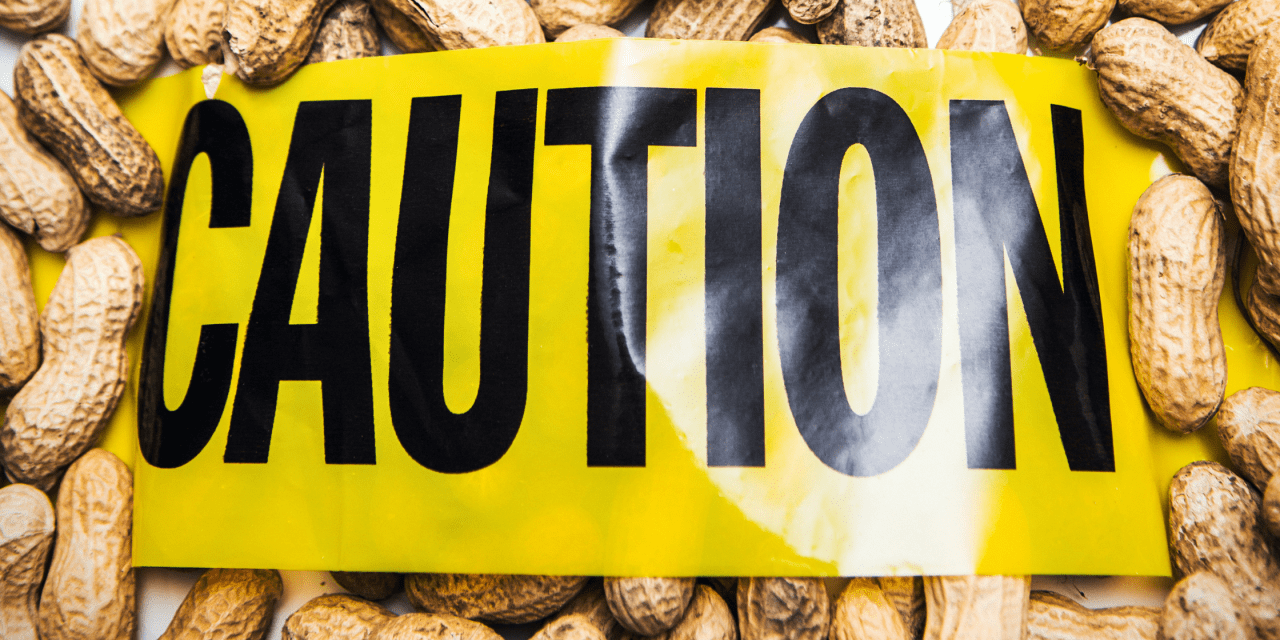
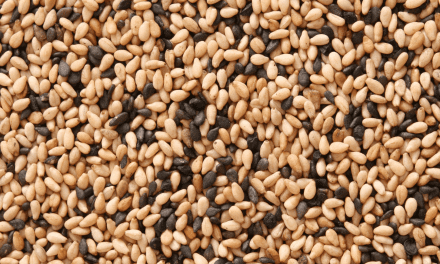



Recent Comments